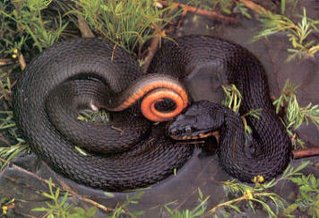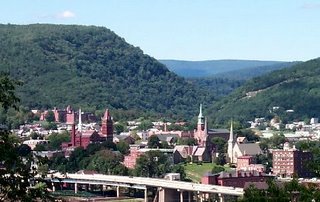And We're Off!

We're off to Liverpool to get sleet down our necks and Guinness down our gullets.
All year, Liverpool is celebrating her 800th birthday. It's a surprise party in a lot of ways.
Packed as this battered city is with creativity, it's going to be quite a party. Dancers, artists, and musicians are already performing, frequently in public spaces, pirouetting through bus stops and train stations, suddenly and charmingly bringing zest to an already pretty springy city.
The shopping streets are full of attractive bescarved and booted people going to plays and to see the Liverpool Philharmonic, talking on tiny telephones in cafes and art venues. They're also whooping it up in magnificent pubs with great histories, where the ales are made in the basement, and at high tide, the casks are floating.
She's lived through a lot. A clammy bog founded by King John (in 1207 as a good place to launch boats with which to harry the Irish, later a good place from which England launched its trade empire on which, as you know, the sun never set, and the merchants and industrialists went out and hauled back enormous wealth and stuffed Liverpool with grand manses and turrety summer homes and vast train stations and parks and museums and univerisities and enormous Dickensian warehouses.
And that went on for at least for a hundred years and then, blimey, set that sun did. Like the turning of the tide, by 1907, fortunes turned, in World War 2, Liverpool was bombed harder than London, there are still air raid shelters like gnome holes in the wood at Otter's Pool park. The world changed, colonies were rethinking the whole benevolent master thing, the river was silting up, and pretty quick the huge and magnificent warehouses slammed closed, the tobacco warehouses (with "Tobacco Warehouse" written in beautiful sooty brick work) where 6,000 or 10,000 people had worked shut nearly overnight.
By the 60's there was a little glimmering reminder that Liverpool is a real bubbling pot of creativity when the Beatles rocketed out of here and Alan Ginsberg said dryly, "Yes. Liverpool. It's like San Francisco with greyer weather", but really, everybody's dad was out of work and by the 80's, the police busted one head too many and there were riots in the streets of Toxteth in which a thousand police officers were injured and when the mob burned the Odeon, its ten ton ornate copper dome glowed all night before collapsing in a big wrecked horrible mess. The slightly charred Georgians in Toxteth are today being snapped up by investors. The now-excruciatingly posh neighborhood around the gargantuan Roman Catholic cathedral - really it's like the Hoover dam in red sandstone - where, only ten years ago, so derelict and rife with prostitution was the street, the church, and its wilderness of a cemetery, that little sofas were set out in the driveway where customers could wait their turn on the mattresses under the bushes. Oh. My. God.
Like Roman's in 477 sort of just wandering around, snapping chunks off the statuary to grind up for fertilizer, and living 10 to a turret in the once-grand and gracious manses, stringing the wash from ornately carved lintle to pretty balcony, and lighting fires on the parquet and parking their muddy bikes in the conservatory. Peeing everywhere.
Then the sun came out in the form of gouts of European Union largesse and real estate investment from Irish property developers. Everyone I've talked to says, "Ye, 'twas 'about tin yees agoo, Ah'd see", which I took to mean "Yes, it was about ten years ago, I'd say", that money and services began trickling back in, and now, Liverpool's birthday year is just h'ors d'oevre, the pint before the curry, the foreplay before the real kick-out-the-jambs getting jiggy run-up to 2008 when the city will serve as the world's 2008 European Capital of Culture. And we'll be in the city centre, frequently off-cenre, and launching our boats from the once-scuffed, now-buffed shores of the shining River Mersey at www.merseyandme.blogspot.com



 Cumberland, Maryland:Mountain Hikes, Fine Art, and Cut-Rate Liquors
Cumberland, Maryland:Mountain Hikes, Fine Art, and Cut-Rate Liquors Window Ornamentation in Western Maryland
Window Ornamentation in Western Maryland